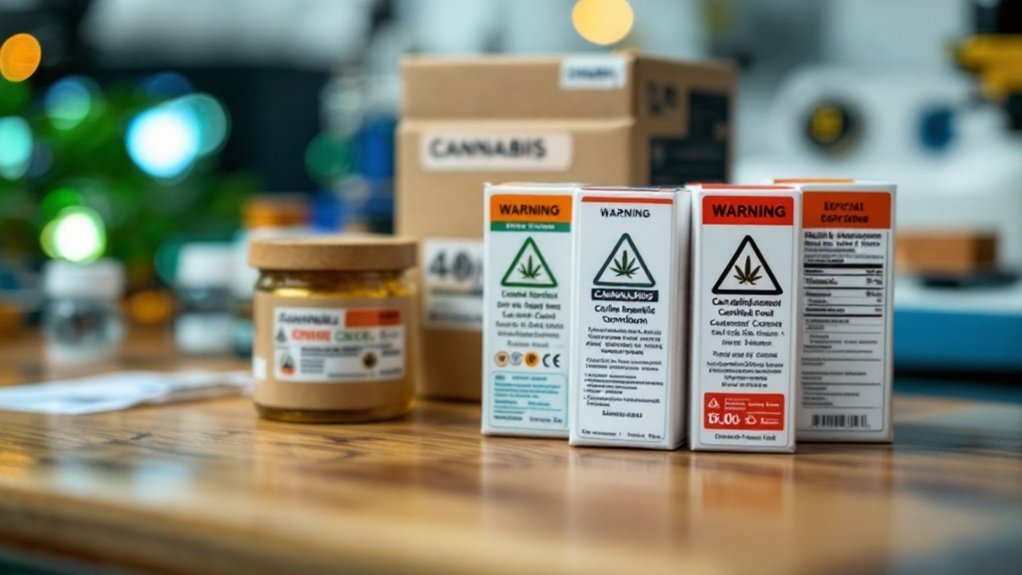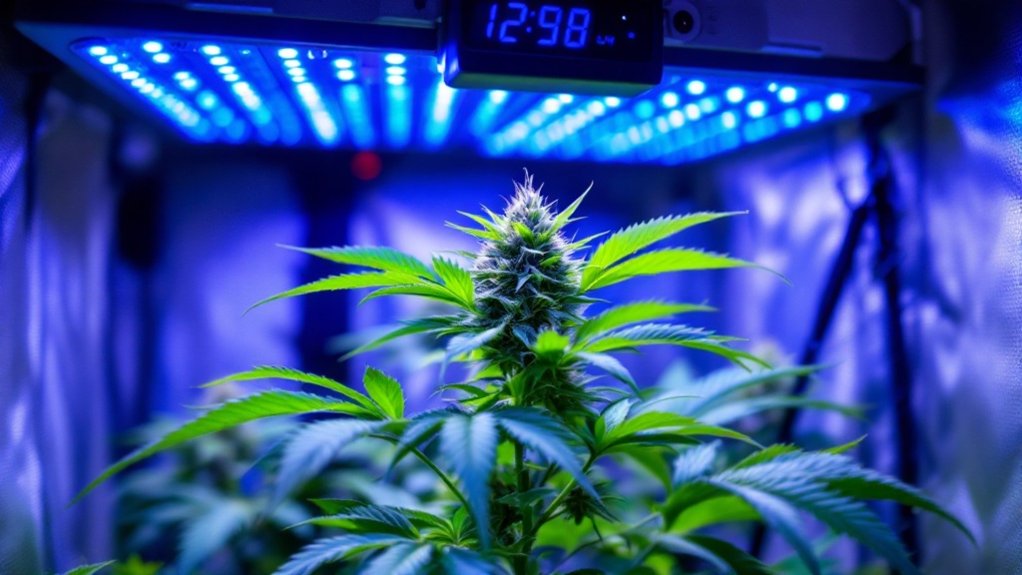Effective cannabis packaging labels must meet strict regulatory requirements including accurate THC/CBD content declarations, batch numbers, and manufacturer information. Child-resistant features and tamper-evident seals are mandatory safety elements, while sustainability is becoming increasingly important with some states requiring minimum recycled content. Marketing restrictions prohibit designs appealing to children and false claims, while universal cannabis symbols and health warnings are required. Proper compliance prevents costly penalties and builds consumer trust in this heavily regulated industry.

As cannabis products continue to enter the regulated marketplace across various states, packaging labels serve as the critical interface between manufacturers, regulators, and consumers. These labels must adhere to strict regulatory requirements that vary by jurisdiction but typically encompass product identity, net weight measurements, and precise THC/CBD content declarations.
Manufacturers must include their contact information and batch numbers on packaging to guarantee proper traceability throughout the supply chain. Noncompliance with these regulations can result in significant penalties including monetary fines, mandatory product recalls, or even revocation of operating licenses. Maintaining proper quality control protocols is essential to avoid these consequences.
Accurate disclosure of cannabinoid content represents one of the most technically demanding aspects of cannabis labeling. Labels must specify exact concentrations of THC, CBD, and other relevant cannabinoids present in the product. Any additives, solvents, or flavoring agents require explicit listing, as do common allergens that might affect sensitive consumers.
Precise cannabinoid labeling remains essential for compliance, requiring detailed documentation of compounds, additives, and potential allergens in every product.
Many jurisdictions now mandate the inclusion of scannable QR codes or barcodes that link directly to certificates of analysis from third-party testing laboratories, providing consumers with verification of product composition and safety. Florida specifically requires QR codes for immediate access to comprehensive laboratory reports, promoting complete transparency about product contents and safety.
Child-resistant packaging features constitute a non-negotiable element of cannabis product compliance. These mechanisms must meet certification standards recognized by regulatory authorities and maintain their protective functionality even after repeated use. Effective quality assurance testing ensures that these features are reliable and safe for consumers.
Tamper-evident features, such as shrink bands or adhesive seals, provide additional consumer protection by alerting purchasers to potential package interference prior to consumption. Regulatory audits frequently focus on testing these safety features before products receive market approval.
The sustainability of packaging materials has emerged as an increasingly important regulatory consideration. Several states have introduced requirements for minimum recycled content percentages, with New York implementing a 25% post-consumer recycled material mandate beginning in 2024.
Restrictions on single-use plastics encourage manufacturers to explore more environmentally responsible alternatives that still meet material safety standards for product protection.
Significant limitations apply to branding and marketing elements on cannabis packaging. Regulations prohibit false claims regarding product benefits, designs attractive to children, or terminology like “candy” that might appeal to minors. Effective January 2024, all cannabis products must include a use-by date that generally should not exceed nine months from harvest or production date unless supported by shelf stability testing.
Color restrictions, limitations on holographic images, and prohibitions against unsubstantiated organic certifications all constrain design choices. These marketing limitations work alongside required universal cannabis symbols and health warnings to create a distinctive visual language for regulated cannabis products that prioritizes consumer safety and informed decision-making.
Frequently Asked Questions
Are Child-Resistant Packaging Requirements the Same Across All States?
Child-resistant packaging requirements for cannabis products vary considerably across states.
While all states with legal cannabis markets mandate some form of child-resistant packaging, the specific requirements differ in implementation details.
States commonly adopt the federal Poison Prevention Packaging Act standards but modify them with state-specific adaptations.
These variations include differences in acceptable closure types, material thickness standards, testing protocols, and additional requirements like opaque packaging or tamper-evident features that complement the child-resistant mandates.
How Often Do Cannabis Labeling Regulations Typically Change?
Cannabis labeling regulations typically change on a frequent basis, with some states modifying requirements multiple times per year.
These changes respond to emerging research, public health concerns, and political developments. The regulatory landscape is characterized by ongoing evolution rather than stability, creating compliance challenges for industry operators.
State agencies may issue updates with minimal notice, necessitating vigilant monitoring systems. Federal guideline adjustments can also trigger cascading changes across multiple state jurisdictions.
Can I Use the Same Labels for Medical and Recreational Products?
Using identical labels for both medical and recreational cannabis products is not advisable and often not legally permissible.
Regulatory frameworks impose distinct requirements for each category, including different warning statements, symbols, and patient-specific information for medical products.
The packaging standards, content restrictions, and compliance elements vary considerably between these market segments.
Companies must create separate labeling systems that address the specific regulatory demands of each product type to avoid potential fines and product recalls.
What Penalties Exist for Non-Compliant Cannabis Packaging?
Penalties for non-compliant cannabis packaging include Tier 1 regulatory violations in California, resulting in 5-15 day license suspensions and fines.
More severe consequences involve complete license revocation, product recalls, and business closures.
Oregon has established civil penalties up to $500 per day for labeling infractions.
Mislabeling incidents have led to consumer hospitalizations and subsequent litigation.
Regulatory bodies actively monitor compliance through consumer complaint systems and enforcement procedures that vary by state.
Do Edible Cannabis Products Require Nutrition Facts Labels?
Most states with legal cannabis markets require or recommend nutrition facts labels for edible cannabis products that resemble conventional food items.
These requirements typically reference federal nutrition labeling standards while adapting them for cannabis products. Nutrition panels generally must display calories, fat, sugar, protein, sodium, and fiber content.
Labels should also include serving sizes and allergen information, though specific requirements vary by state.
Non-food cannabis ingestibles like tinctures or capsules are generally exempt from these nutrition labeling requirements.
This article provides general educational information about cannabis compliance requirements. Specific regulations vary by state and change frequently. Always consult with legal counsel and compliance professionals for guidance on your specific situation and jurisdiction. For more information, check out our Cannabis Compliance Guide.









